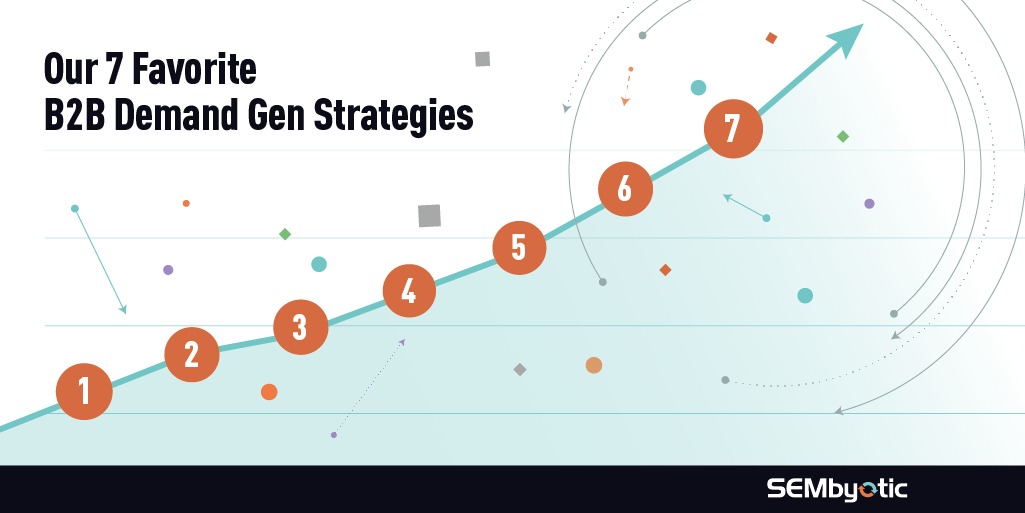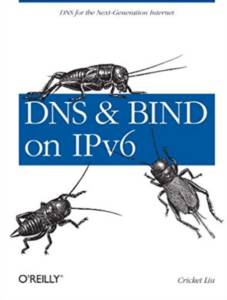
Our 7 Favorite Strategies for B2B Demand Generation
Customers interested in demand generation commonly ask for our advice on which types of assets get the best results for PPC or organic SEO. They’re generally thinking about the content they’ve already created – product-centric white papers, presentations, webinars, etc. – and we do what we can with these early on.
But the problem with these assets is that prospects are less inclined to provide you with their contact information in exchange for information about your product when it’s written by you and emblazoned with your branding. They can already predict the conclusions drawn in your asset without even downloading it.
Over time, we try to encourage these customers to create new assets that are more likely to convert. While existing branded assets can, and should, be optimized for demand generation, fresh content with minimal bias is more likely to appeal to your prospects and generate leads.
With that in mind, here are our favorite, top-performing strategies for developing content that drives demand generation:
Curate Third-Part Content
Third-party credibility is a powerful tool. We’ve seen much higher conversion rates for our customers when using assets created by other companies or individuals. This is especially true for lesser-known brands because they don’t yet have the brand recognition to stand on their own. Your expertise comes in curating the content that is most valuable to your audience.
Commission Unique, Independent Research
Hire a well-known third-party research firm to conduct a survey on your behalf. Try to answer questions your target personas might ask. When you present the asset, present it as a study conducted by the research firm, commissioned by you. For example: “2019 XYZ Research Study on B2B Demand Generation Assets. Exclusively available by SEMbyotic”.
Be sure to leverage your research date while it’s still recent. For example, if your study was just completed in January, use “2019” in your ad copy to let prospects know that this is new data. Over time, you may choose to draw less attention to the date, but you should use it to your advantage while you can.
Bonus tip: If the study performs well and generates leads, consider refreshing the research each year or every few years to keep it relevant and timely.
Offer Something Exclusive
Prospects are less likely to complete the form on your website to gain access to something they can find elsewhere for free. Being the only source on the web will improve your conversions. This concept taps into the psychological power of exclusivity. Try using words like “exclusive” or “limited” in your ad copy to let prospects know this asset is one-of-a-kind.

INFOBLOX’ CRICKET LIU LITERALLY WROTE THE BOOK ON DNS, ADDING CREDIBILITY TO CONTENT WITH HIS NAME ON IT.
Share Your Thought Leadership
If your company has true thought leaders in your space, leverage their knowledge to give back to the broader community. Get them to create a guide or provide some information that your target prospect personas would find useful. The less your thought-leadership asset seems to be about your product, and the more it is about helping prospects solve problems, the better results you’ll see.
Build a Tool
Software companies have a unique advantage here. The very tools they’re selling often have data and features that people want. By building limited versions of your software, you can allow prospects to “kick the tires” in ways that contribute to lead generation. For example, you could:
- Provide a limited amount of data and ask for contact details in exchange for the full analysis.
- Provide full access to the tool, but limit the number of times it can be used.
- Provide a restricted experience that offers access to only certain features.
You get the idea. However, make sure your tool is appropriate for your target prospect before you start building. The last thing you want to do is invest resources to attract an enterprise audience, only to learn that the tool you create is more useful to consumers.
Offer Value-Add Data

COMPANIES LIKE MARKETO CAN LEVERAGE ANONYMIZED DATA TO SHARE VALUE-ADD TRENDS AS A LEAD GENERATION STRATEGY.
Some companies have unique access to data that may be interesting to their key prospects. Hubspot and Marketo, for example, are built on platforms that can aggregate anonymous data into trends that are meaningful to marketing professionals. If your company has this type of unique, value-add data, consider using it for lead generation. Spend some time researching questions you think your target prospect would want answered. Then see if you can query your own data to provide unique answers.
Leveraging this type of asset is not only good for lead generation, it may also boost your brand’s image as a thought-leader within your industry.
Use Content Strategies in Combination
Content strategies don’t need to be applied in isolation. In fact, they’re arguably more effective when leveraged in combination. A case in point, one of our customers has seen tremendous results in co-authoring an industry guide using a well-known series of simple guidebooks. In the guide, they shared unique expertise with the broader community; removed the appearance of bias by labeling it under another brand; and offered it as an exclusive asset. A lead-generation homerun, we say.

AFTER DEVELOPING A CONTENT ASSET USING THESE STRATEGIES, ONE OF OUR ENTERPRISE B2B CUSTOMERS IS COLLECTING MORE LEADS THAN EVER BEFORE.
Takeaways:
- Unless you’re already a well-known, trusted brand, leverage third-party credibility to your advantage.
- Product information used to help prospects decide whether or not your product is the right fit should always be freely available, and not gated.
- Offer something unique and exclusive to boost your conversions.
- Leverage your thought-leaders to share value-add data.
- If you have the means, build a tool that is useful to your target audience.
- If you have access to value-add data, use it for lead generation.
- Combine these content strategies in one single asset.
Are you using any of these strategies within your demand generation efforts? Leave us a comment below to share your experiences.